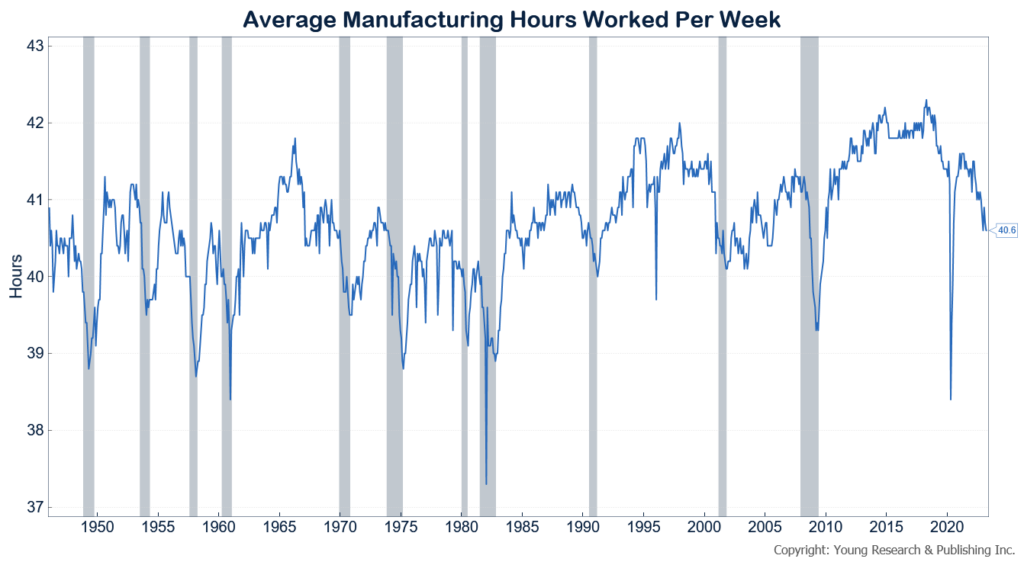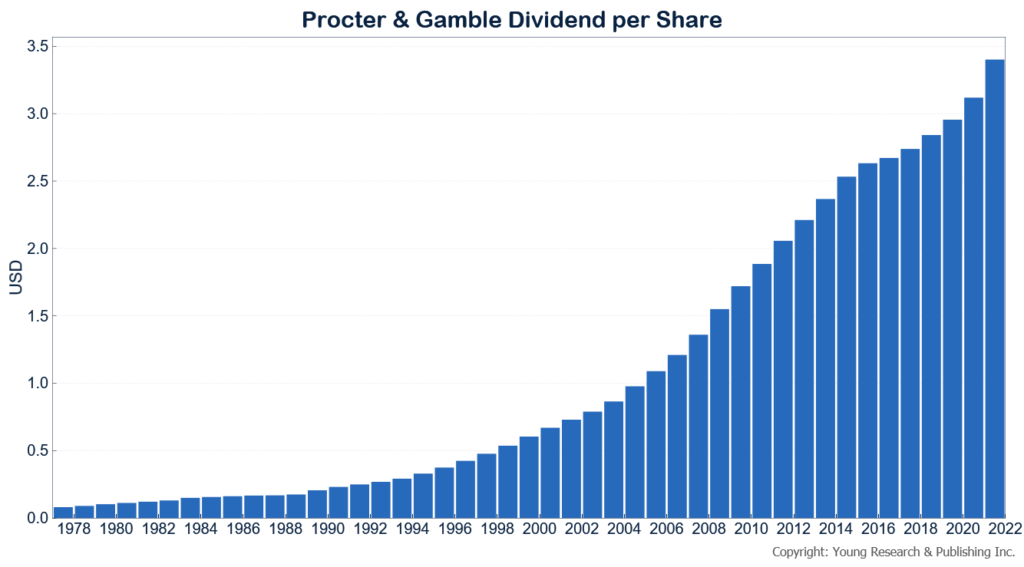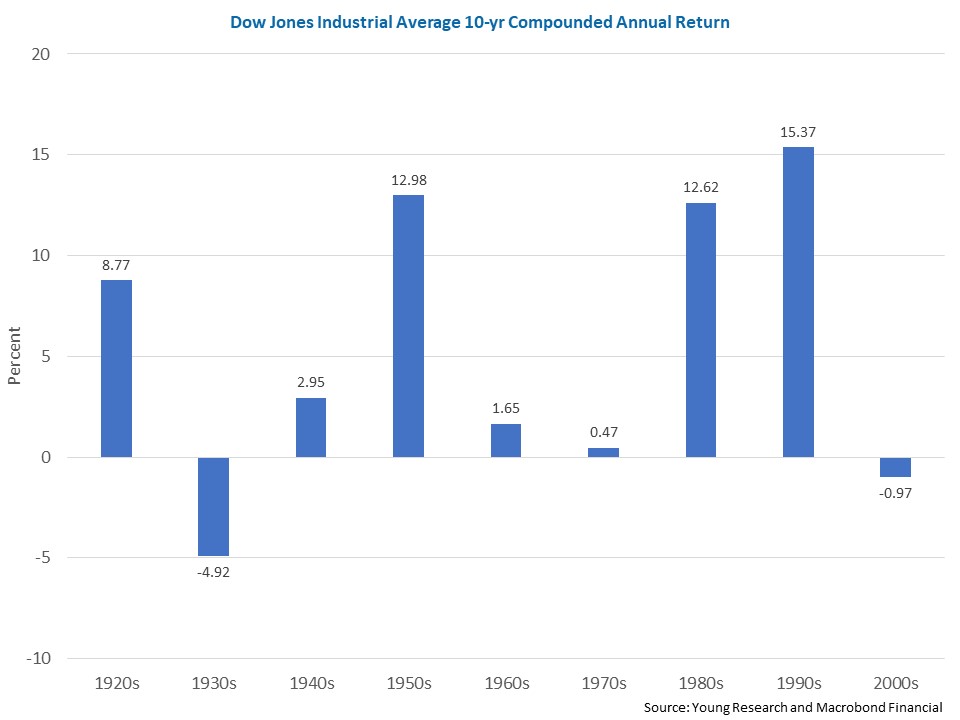UPDATE 7.25.24: At Bloomberg, Dasha Afanasieva and Leslie Patton describe a “global consumer backtrack” as spenders stop their “post-pandemic revenge spending.” They write:
A global consumer backtrack from post-pandemic revenge spending is starting to hit companies’ top and bottom lines.
From food producers to airlines, automakers to luxury houses, evidence of the impact is piling up. Whether it’s US grocery shoppers tapped out after a period of punishing inflation or wealthy Chinese customers postponing their next splurge, the effects are rippling across the corporate landscape.
Nestle SA, the world’s biggest food company, cut its revenue outlook for the year on Thursday, while Unilever Plc reported sales that missed estimates and Jeep-owner Stellantis NV posted a plunge in profit. A day before, US appliance maker Whirlpool Corp. lowered its earnings forecast.
“There is value-seeking behavior among consumers,” Nestle Chief Executive Officer Mark Schneider said on a call with journalists. “We’re seeing continued pressure and I think that’s consistent with what some other companies in the consumer goods sector are reporting.”
A cost-of-living crisis has taken its toll on shoppers who’ve traded down to cheaper brands, and consumer giants have struggled to coax them back. Around 80% of US shoppers are reducing grocery spending, according to a recent poll of 1,000 people who broadly represent the US demographic by Savings.com, a website that offers coupons.
UPDATE 6.6.23: Gwynn Guilford is warning readers of The Wall Street Journal to “get ready for the full-employment recession.” She writes:
Usually, employment plummets during recessions because as factories, offices and restaurants produce less, they need fewer workers. That clearly isn’t happening. “If you look at the early 2000s, that was what was called a ‘jobless recovery,’ because employment took a long time to come back even though the economy was growing,” said Sweet. “This time around it could be the opposite—the economy could be contracting, but you’re not seeing job losses.”
One reason could be labor hoarding. After struggling to hire and train workers during the pandemic-induced labor crunch, employers are now balking at letting them go, even as sales slip, given the labor market’s unusual tightness. There were 10.1 million vacant jobs in April, well above the 5.7 million people looking for work that month. Some firms—particularly services such as restaurants and travel-related businesses—ran short-staffed for the past couple of years and are still catching up.
A possible sign of this is hours worked per week, which in May fell slightly below the 2019 average, after having surged during the pandemic. This drop has been particularly sharp in retail and leisure-and-hospitality—industries that have been especially strapped for workers. The unemployment rate also rose in May, one sign of a potential cooling in the labor market.
Especially potent as a signal are average manufacturing hours worked per week. That number has fallen steadily since its post-COVID peak in April of 2021.
UPDATE 9.7.2022: Ben Johnson, CFA, head of Client Solutions at Morningstar, recently released a study on investing in dividend payers during rising interest rate environments. In one paragraph of his long study he wrote:
Equity risk was least pronounced among stocks that show more bondlike characteristics–the ones that throw off regular cash flows to their investors. These firms tend to be mature, and their businesses tend to be less cyclical than most. These factors allow them to commit to paying–and in some cases growing–their dividends over time. The market tends to punish firms that cut their dividends, so firms with more-volatile cash flows are likely to be more conservative with their dividend policies.
UPDATE 6.10.22: Do you feel a recession coming on? Treasury Secretary Janet Yellen just told an interviewer at the New York Times that “Is there a recession risk? Of course, there’s a recession risk. But is it likely? I don’t think so.” She also said, “I believe there is a path through this that entails a soft landing.” Meanwhile, most CEOs, the World Bank, and the Fed’s own GDP tracker suggest the opposite. Who’s correct? No one can know for sure, but it’s important that your portfolio is prepared for any outcome.
UPDATE 3.11.22: Market turbulence today once again supports the value of an investment strategy based on compound interest and dividends. While stock and bond prices oscillate wildly as events unfold, investors relying on dividend and interest payments are patiently accruing wealth.
Originally posted March 11, 2020.
There are few histories as crucial to the course of my life as my awakening to the power of compound interest and the importance of dividends. Since my decision to climb on the dividend bandwagon, I have been an evangelist to hundreds of thousands of paid subscribers, and many more investors beyond. My message has been consistent and clear, and I don’t regret focusing on dividends a bit. Here’s how it all started.
Back to Monterey and Woodstock
I’ve been developing investment strategies for investors like you before The Association kicked off the 1967 Monterey International Pop Festival with “Along Comes Mary” or Richie Havens opened Woodstock in August 1969. I started soon after John F. Kennedy was shot in Dallas in November 1963, and even before Dr. Martin Luther King, Jr. was shot at the Lorraine Motel in Memphis in April 1968. That’s a long time ago. The ‘60s was of course a seminal decade in American history. Key events, including the difficult investment environment of the ‘60s, seem like yesterday.
My 1964 Beginning
I’ve put together a display that tracks the Dow Jones Industrial Average through the decades. When I entered the securities business in the summer of 1964 (with Ed Rosenberg, Clayton Securities), I had no way of knowing that during my complete career in the Boston investment community, which ended in 1981, the Dow would end lower than when I began. How would you have liked to have retired in 1964 and faced a 16-year Dow downer? Talk about retirement financial hell.
As my display indicates, the decade of the ‘60s provided a sad annual average return (ex-dividends) of only 1.65%. Moreover, the 1970s were set to be even worse. When the curtain came down on this miserable decade, investors had scored an average return of only 0.5% (before dividends). Thankfully for conservative investors today, as has been the case well before the ‘60s and ‘70s, dividends remain the name of the game.
Ben Graham’s Powerful Investment Advice
With my first reading of Security Analysis by Ben Graham in 1963, I climbed on the dividend bandwagon. Today, it’s still my most powerful investment influence. Ben was Mr. Dividends. I became attached to the concept before I landed at Clayton Securities at 147 Milk St. in Boston’s financial district. As early as 1964, I knew I would concentrate on dividends throughout my investment career.
Unwavering Advice
Well, writing to you now, five decades later, from our outside kitchen/living space in the heart of Old Town, Key West, I can’t help but think how much water has gone under the bridge through the many decades. But if you have been with me over the years, you are keenly aware that it is indeed the combination of dividends, compound interest, perspective and patience that frames the message I deliver to you month after month. I do not change course. You can count on it.
Concentrate on Dividends
Go back to my display and note how kind the ‘80s and ‘90s, unlike the ‘60s and ‘70s, were to investors. So far, this decade (ending in 2019) is on a solid path. The problem is, no one really knows in advance what course the Dow will take in any given decade ahead. What investors do know with reasonable assuredness and peace of mind is that the prospects for dividends and dividend increases for stable, well-managed companies are good. (I pay scant attention to NASDAQ companies.) I concentrate on dividends for you and for me each month. We are in the same boat here. What is good for me is good for you and your family.
Whether or not you are on the dividend bandwagon yet, but you want to learn more about how a portfolio focused on compound interest can help you and your family save for retirement, fill out the form below.
You will be contacted by a member of the investment team at Richard C. Young & Co., Ltd., my family-run investment counsel firm. They’ll offer you a free portfolio review (no-obligation whatsoever). You’ll get a full picture of whether a portfolio focused on dividends and compounding can work for you.
CNBC named Richard C. Young & Co. Ltd. #5 on its 2021 list of Top 100 Financial Advisors in the nation. Barron’s has recognized Richard C. Young & Co., Ltd. as one of the top 100 independent financial advisors in the U.S. for 10 consecutive years (2012-2021). (Richard C. Young & Co., Ltd. has never paid a fee to be considered for any rankings, but does pay a license fee to utilize them. Please click on the attached link to read the full disclosure).
Originally posted on Young’s World Money Forecast.
If you’re willing to fight for Main Street America, click here to sign up for my free weekly email.








